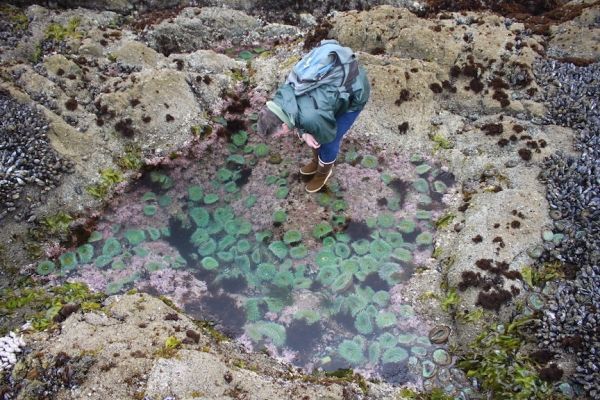During the marine heatwave of 2014-16, scientists from the University of California, Davis, noticed creatures typically seen only in places like Baja California, Mexico, showing up outside the UC Davis Bodega Marine Laboratory. These included warm-water species of jellyfish, crabs, nudibranchs, fish and even dolphins and sea turtles.
Their study, published today in the journal Scientific Reports, documents an unprecedented number of southern marine species moving northward into California and as far north as Oregon. Of 67 rare, warm-water species sightings observed by the authors and citizen scientists, 37 had never been documented so far north before.
Among the 37 with new northern range limits are tropical creatures like the striated sea butterfly, which had not been found north of Baja. This is the first record of them in the state of California. Another unexpected visitor was the pelagic red crab, normally restricted to the waters off central and southern Baja. But during 2014-16, when water temperatures were 3.5 to 7 degrees Fahrenheit warmer than usual, the crabs were seen as far north as Newport, Oregon. And the molt of a spiny lobster — an important fishery species in Baja — turned up in Bodega Bay.
Read more at University of California – Davis
Image: UC Davis Professor Eric Sanford looks at a tidepool full of giant green anemones, a common species to the area, on the Bodega Marine Reserve. CREDIT: Jackie Sones / UC Davis


